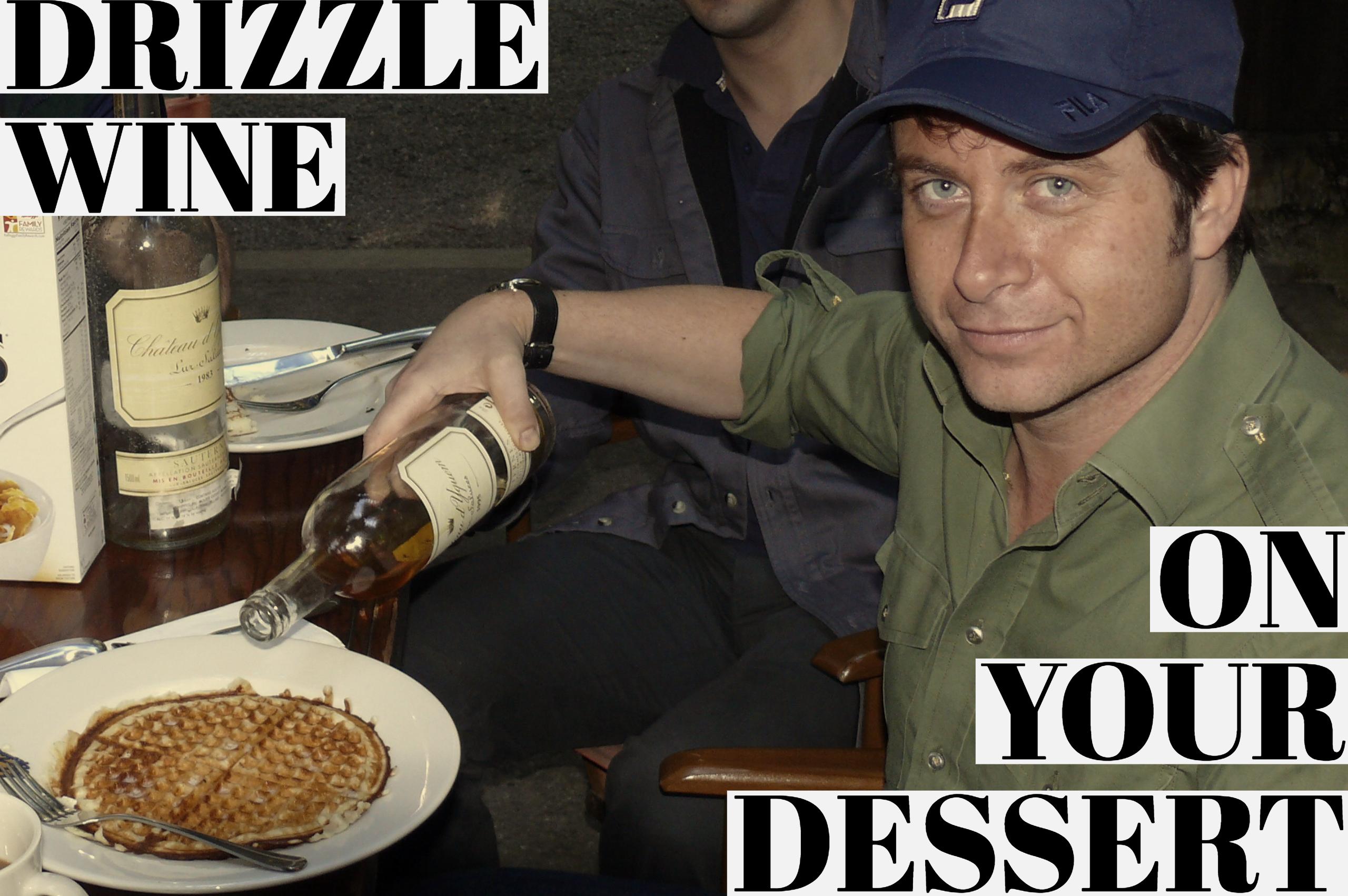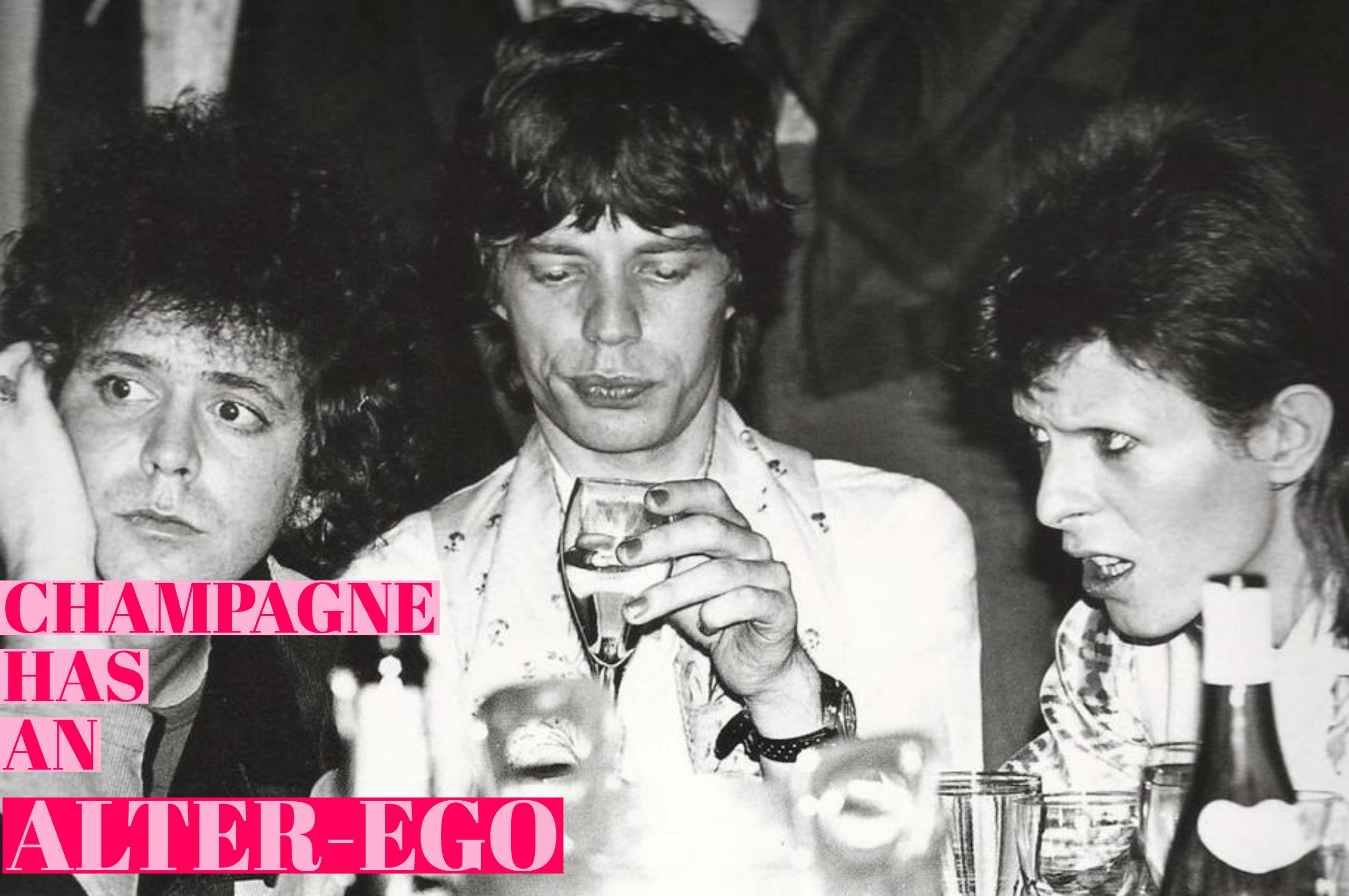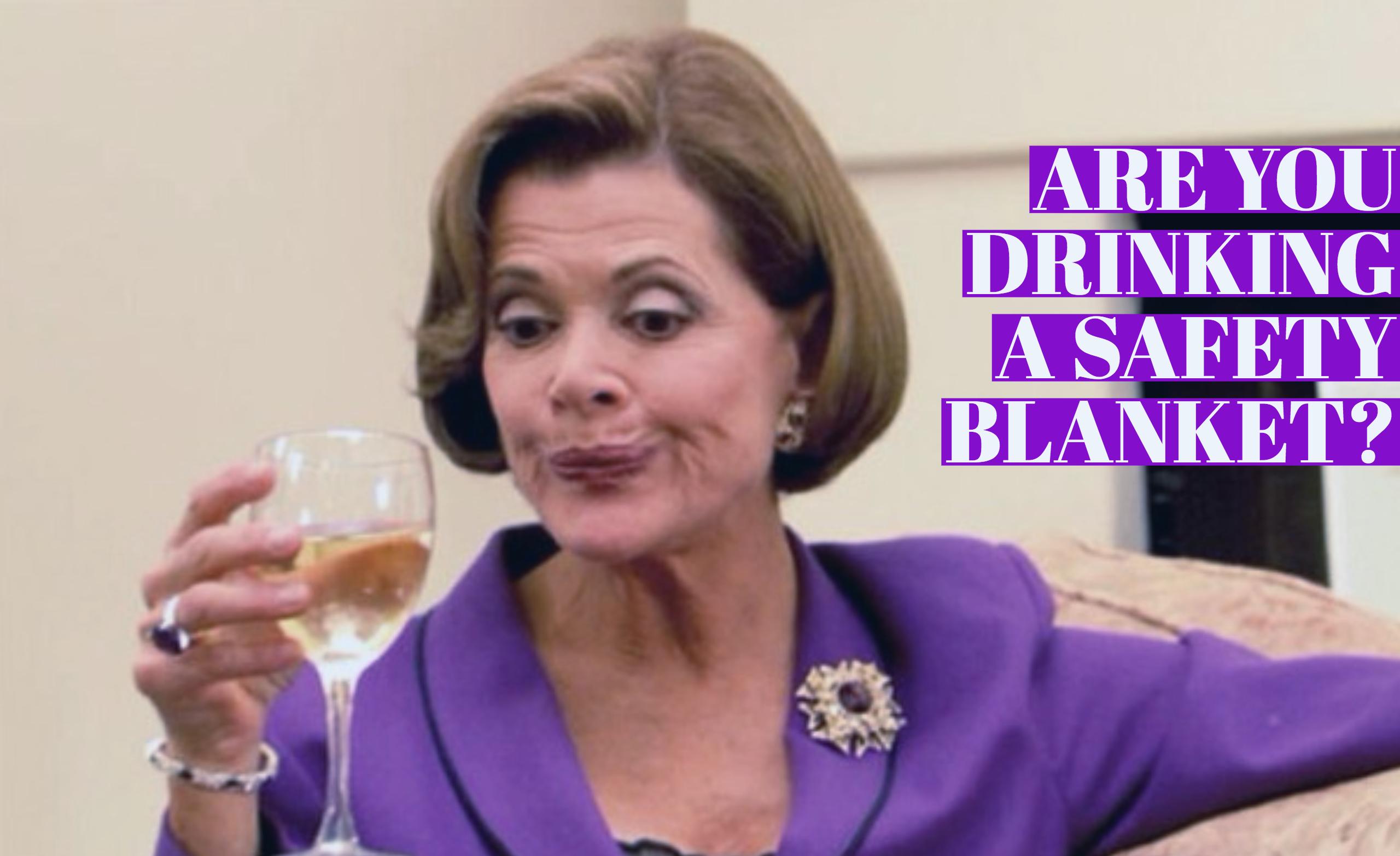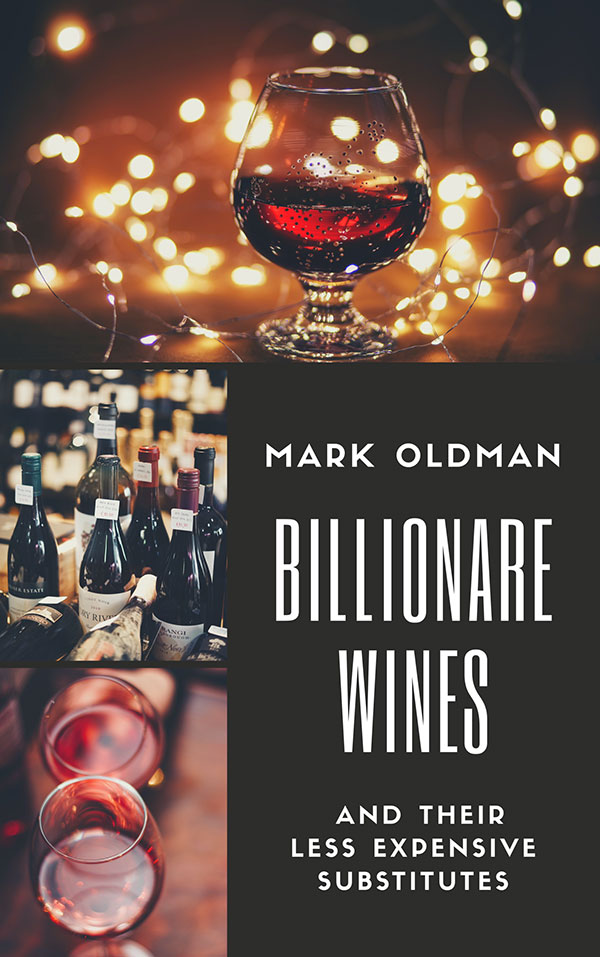
The Italians love drowning their gelato in espresso, but why not indulge in my improved and much more intoxicating version of “affogato” at your next dinner party? Sweet wine drizzled on ice cream synergistically creates its own swoon-worthy third flavor.
A killer option is Pedro Ximenez Sherry, which is the sweetest, most syrupy form of sherry (Pedro Ximenez is a grape, not the sherry’s producer).
Because Pedro Ximenez is so dark and sweet, chocolate ice cream is my first choice, but you are free to experiment with other strong flavors such as rum raisin, rocky road, and coffee.
Better yet–there’s no reason why you cannot get drizzly with golden, medium-rich styles of dessert wine, including lighter late-harvest styles, the fortified Muscat de Beaumes-de-Venise from France.
And it’s not just dessert that deserves some wine–there’s also brunch (hair of the dog, anyone?).
In an experiment I tried last year (and which is sure to drive a stake into the heart of every vintage-chart memorizing snob) some friends and I convinced a collector to pour his leftover 1986 Chateau d’Yquem over our pancakes at breakfast one morning. It was a smash hit, and a delightful way to start the day. Try it at your next brunch with friends with whatever dessert wine you have on hand.
For more ways to use wine as a dessert enhancements, order my book, How to Drink Like a Billionaire, and remember to drink bravely, drink richly, and #DrinkLikeABillionaire.

 Just as Hollywood stars have doubles, so does Champagne. And one of the best bubbly stunt doubles is Spanish Cava.
Just as Hollywood stars have doubles, so does Champagne. And one of the best bubbly stunt doubles is Spanish Cava. 

 There are myriad wine accessories on the market and while I’m definitely not averse to some of them, the sober truth is that many gizmos are not necessities. There are two items that I consider absolute essentials for drinking wine, and you need not invest more than $15 total on them (and one of them can involve Tupperware!).
There are myriad wine accessories on the market and while I’m definitely not averse to some of them, the sober truth is that many gizmos are not necessities. There are two items that I consider absolute essentials for drinking wine, and you need not invest more than $15 total on them (and one of them can involve Tupperware!).
